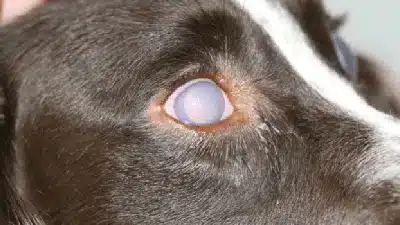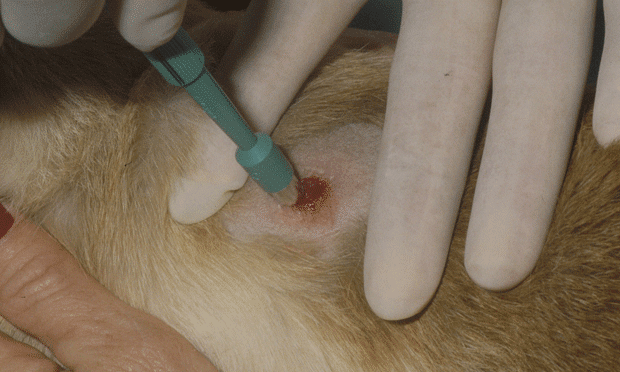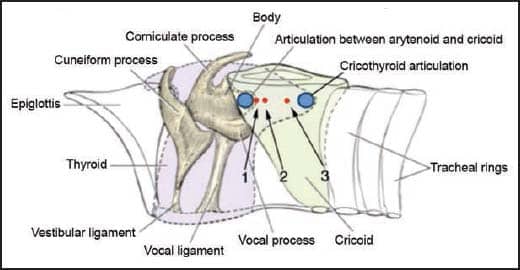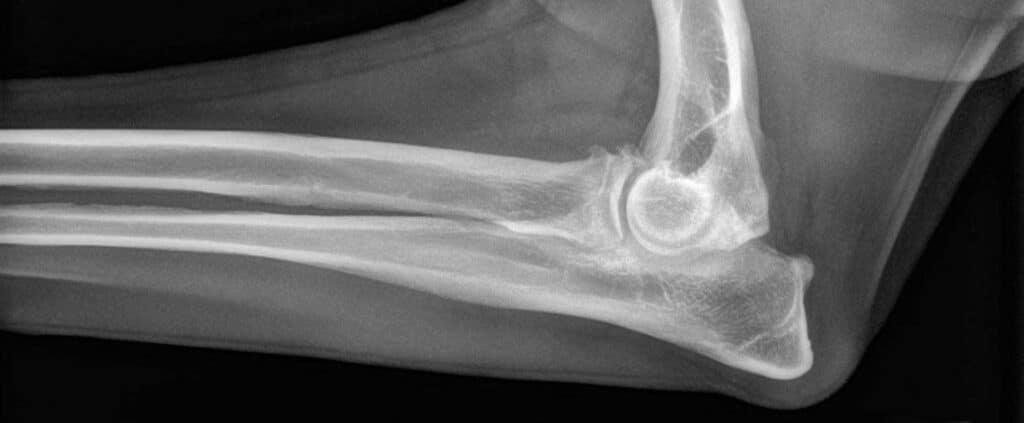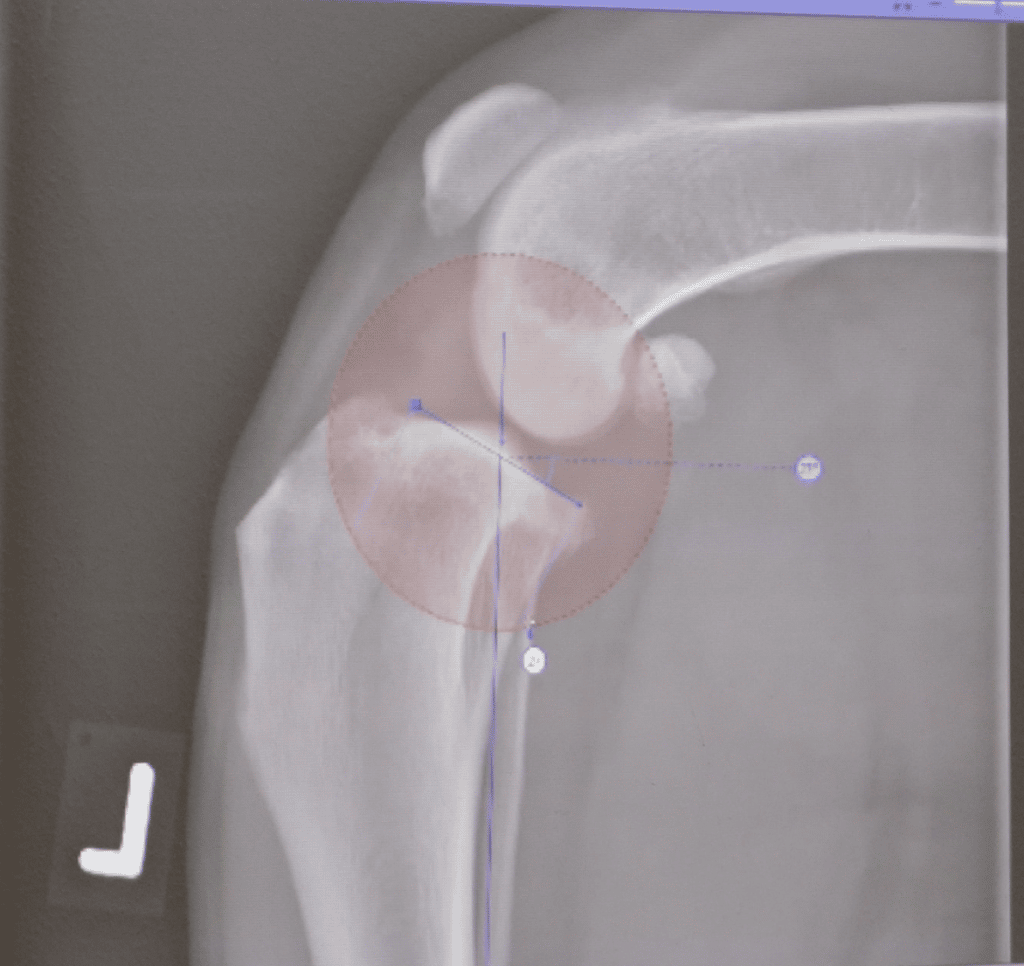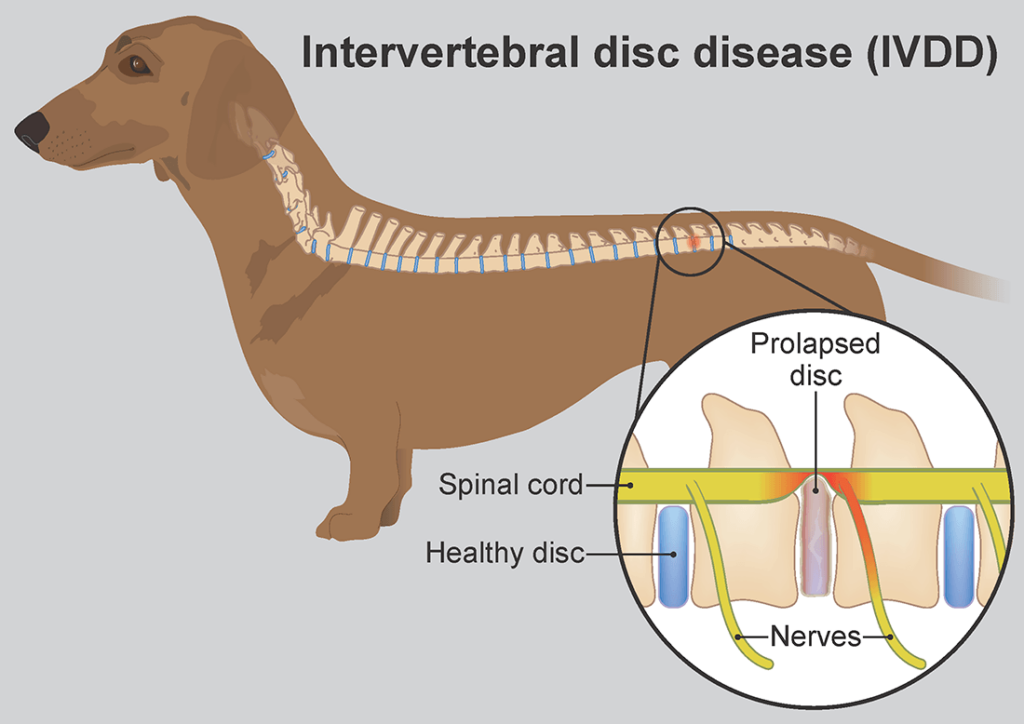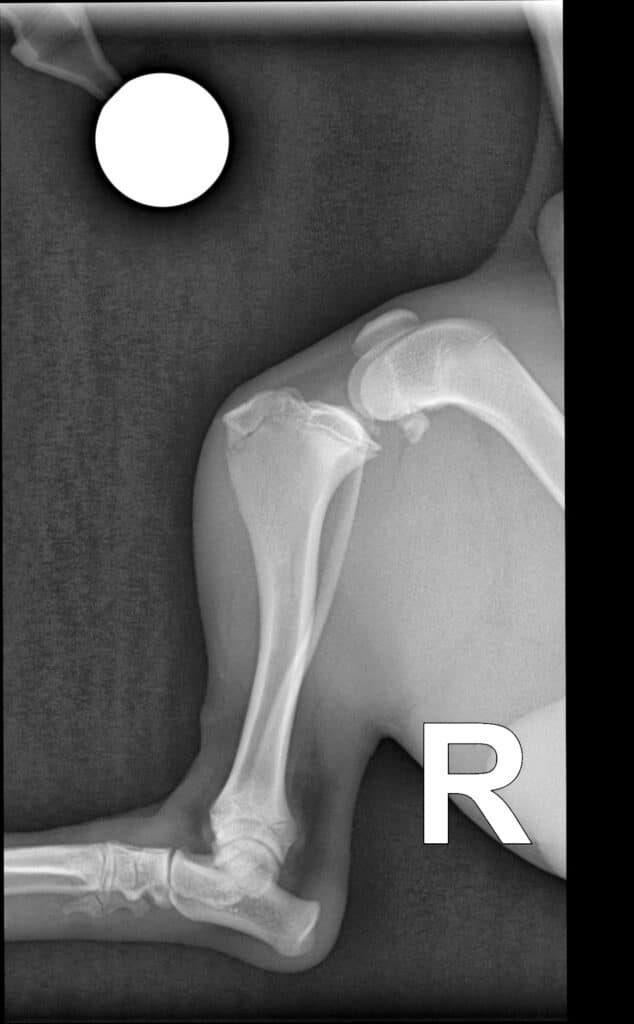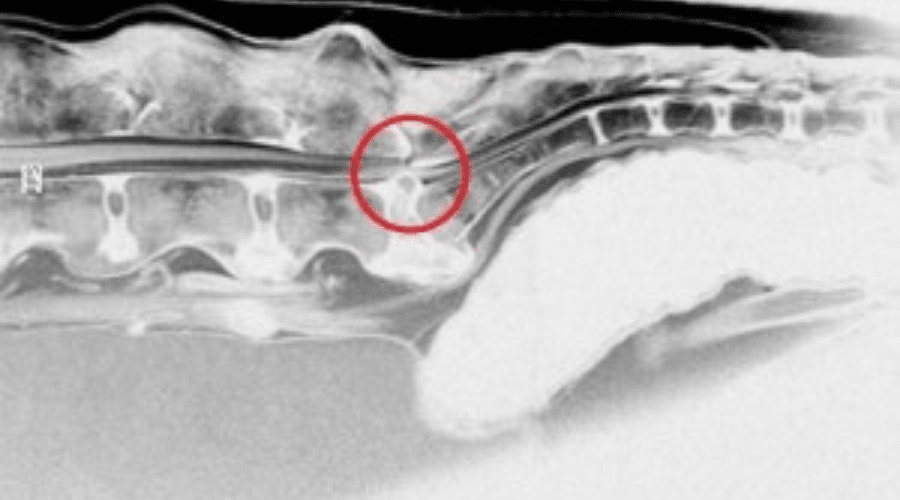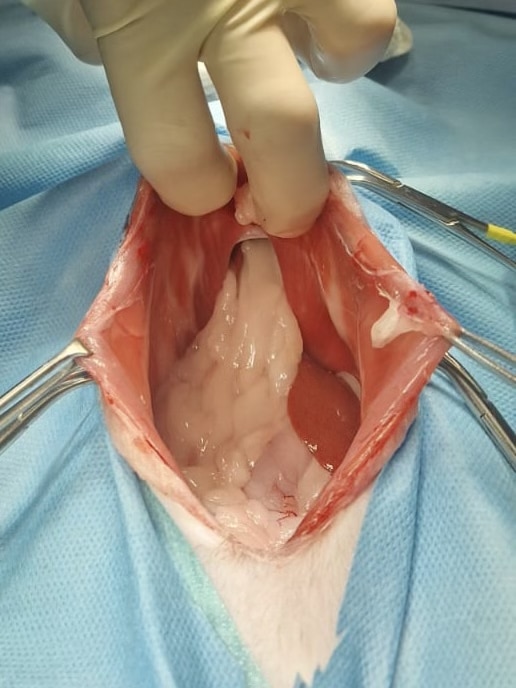Glaucoma – Green Star
Glaucoma, also known as glaucoma, is a disease characterized by an excessive increase in pressure within the eye. This leads to inflammation, clouding and especially vision loss. If left untreated, irreversible conditions quickly develop that cause permanent damage to the eye. The eye appears “large” and shows intense redness in the otherwise white edge area (scleria). The cornea becomes foggy and the pupil is usually dilated.

